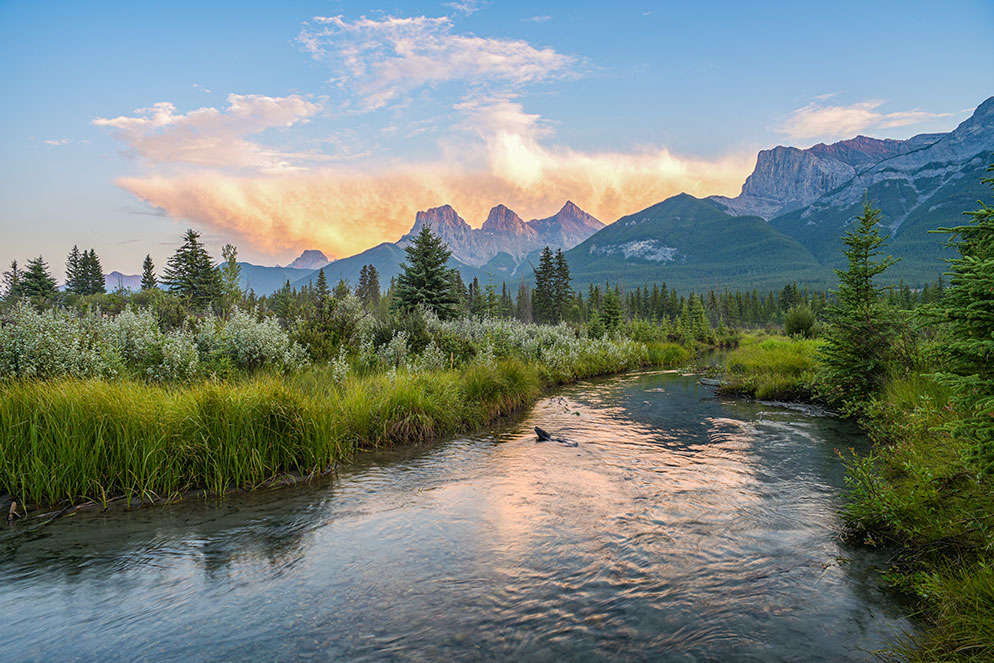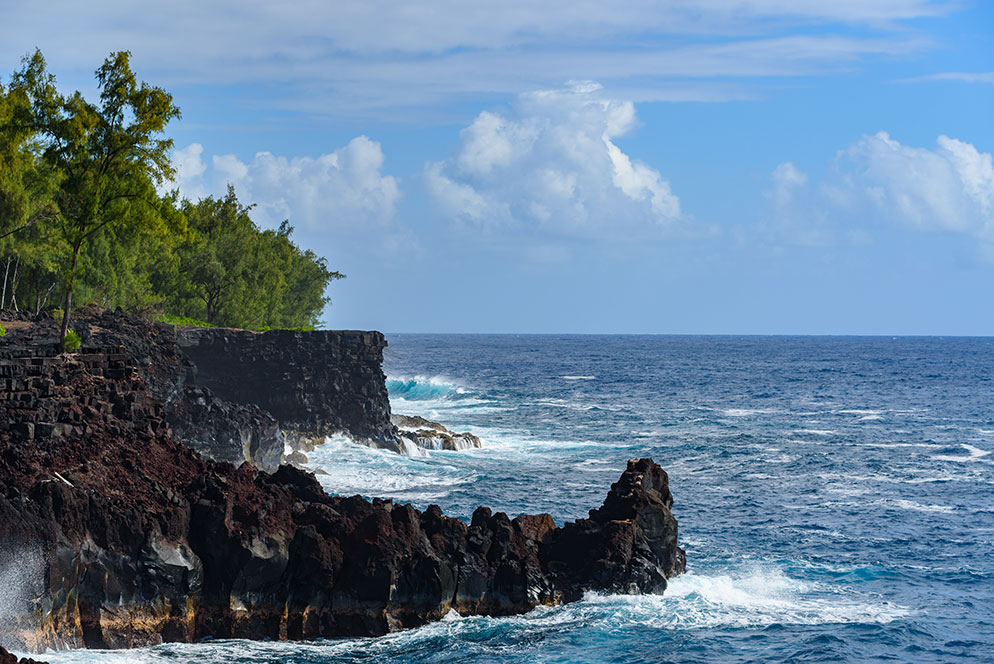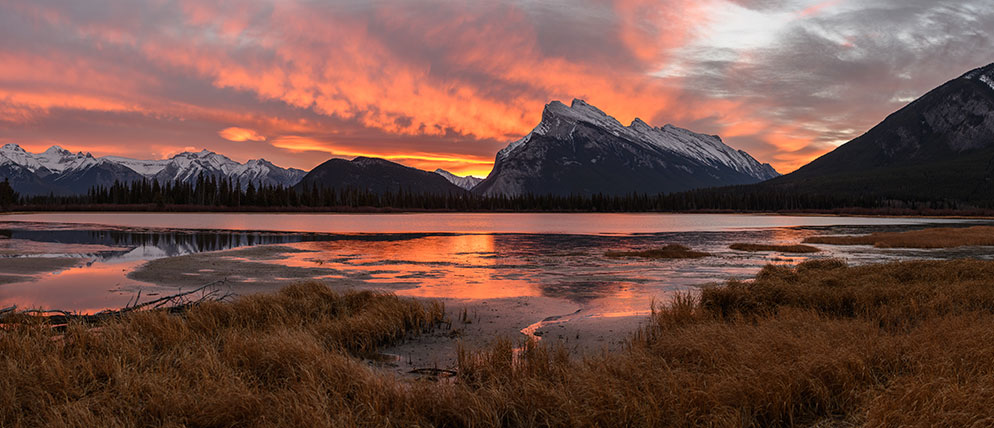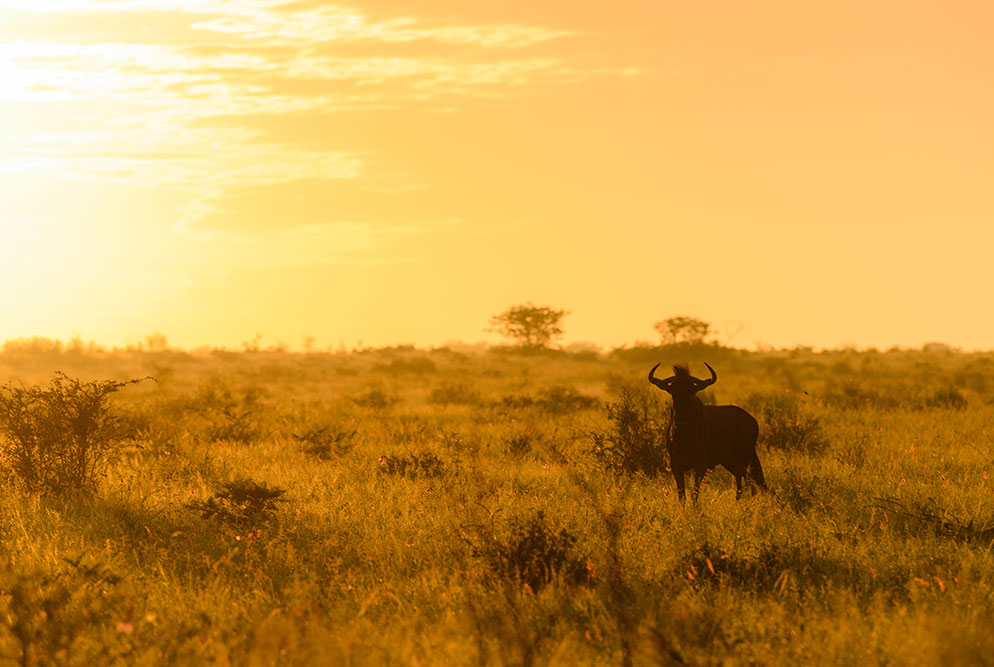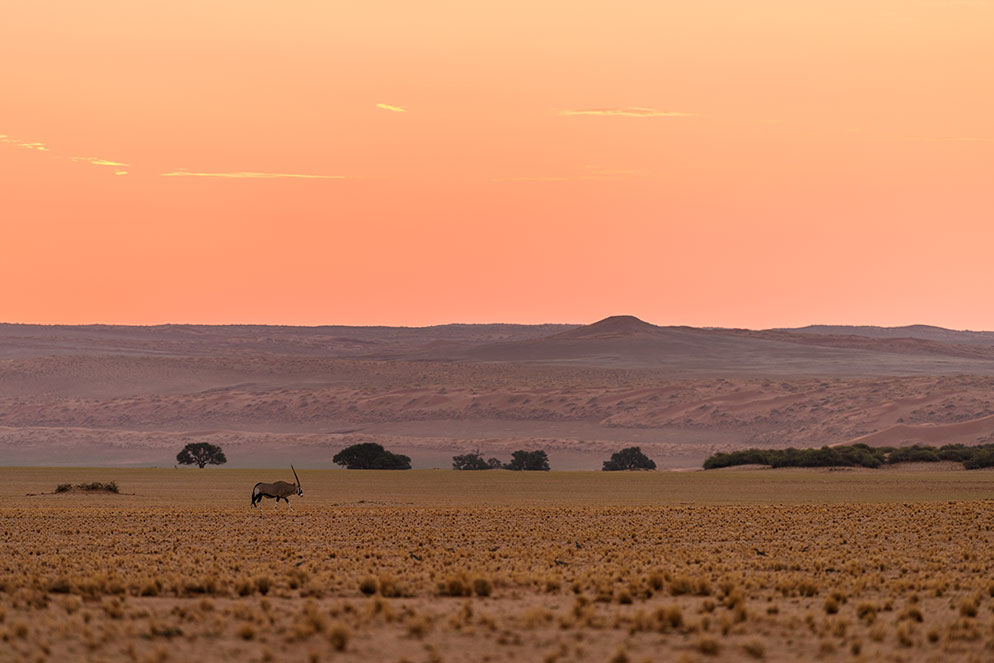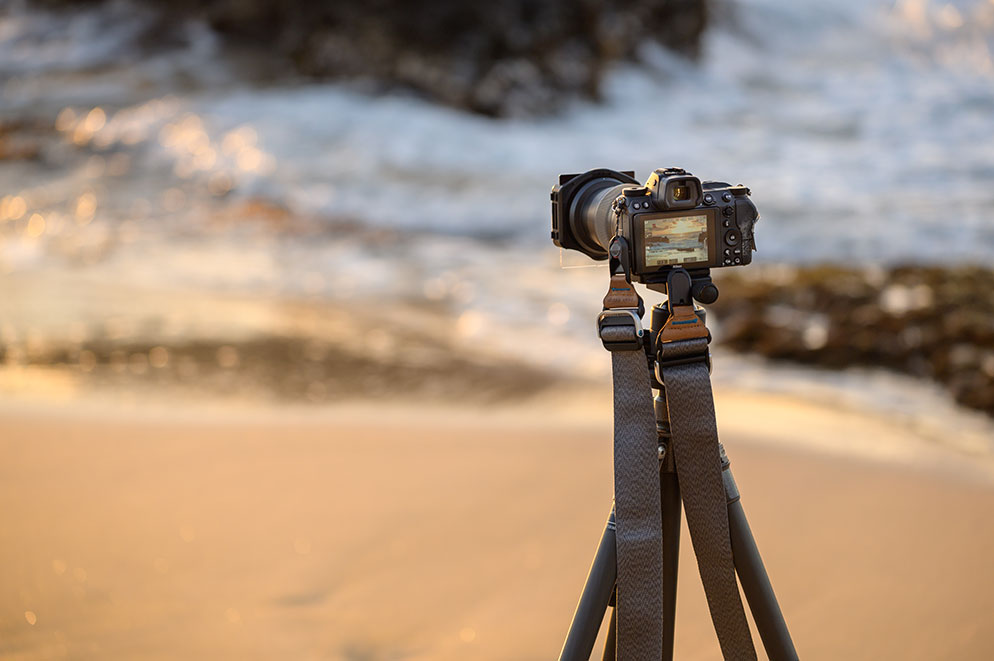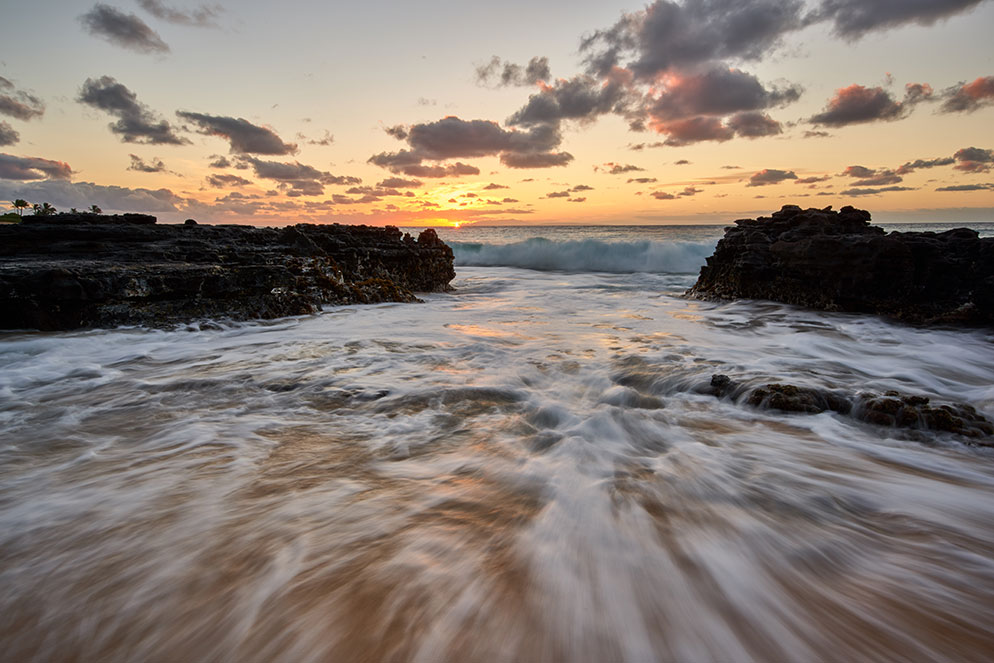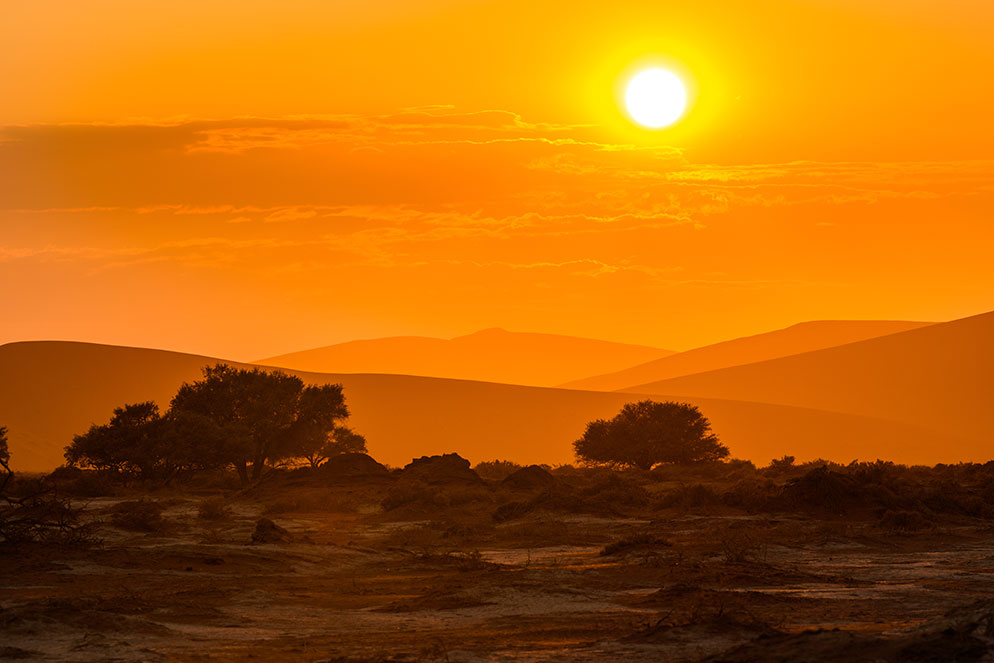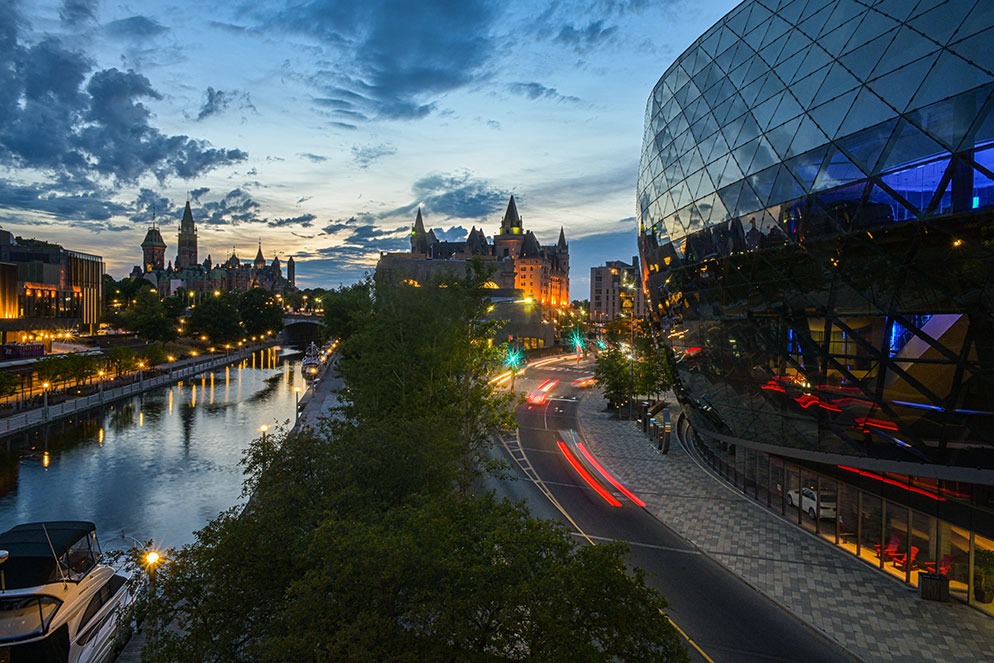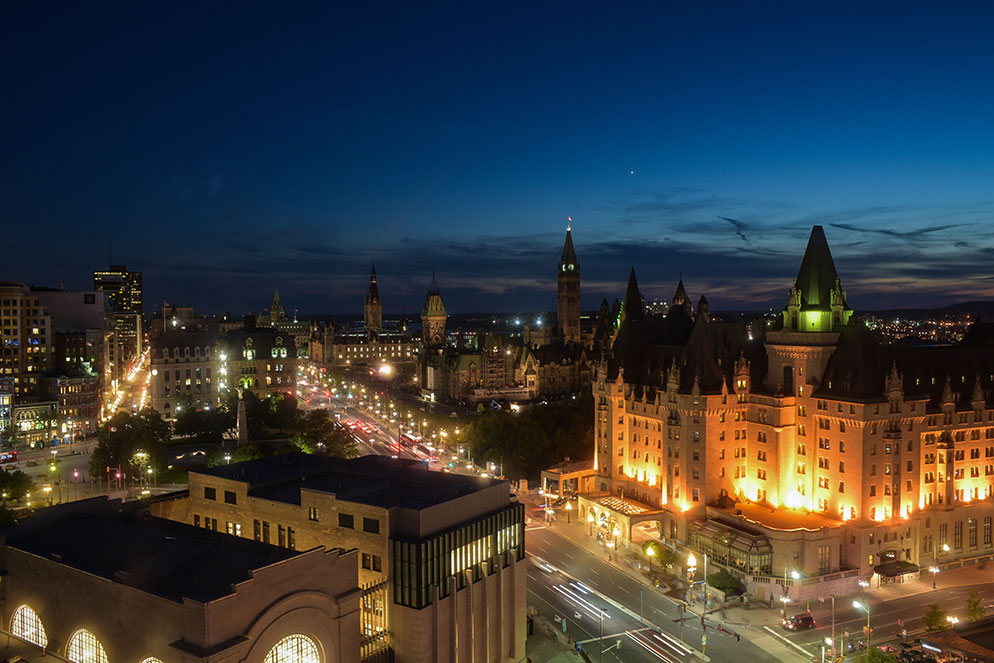Staying up late, getting up early: A Photographer’s Mantra when traveling
When traveling somewhere beautiful, the first thoughts that most folks have is to start off the day slowly, enjoying their new surroundings and slowly easing into the relaxation that comes with being away from the grind of daily life.
As a photographer this type of approach comes with some pitfalls because by the time you’ve rolled out of bed, sampled the local food, and slowly made your way to a local market or beach, it’s mid-morning and the sun is getting fairly high in the sky. At this point, if you decide to pull out your camera you’ll already have missed all the dramatic ‘golden hour’ light right after sunrise, and the light will most likely be harsh and unflattering.
Hilo, Hawaii photographed mid-day.
A beautiful landscape can help make up for boring light but there is definitely something special about capturing an early-morning sunrise when you get lucky enough to experience that explosion of colors bursting through the clouds.
Banff, Alberta, Canada at sunrise.
But when traveling, dragging yourself out of bed before the sun begins to appear takes some planning.
Wake up early and plan ahead to capture incredible lighting
Sunrise and the best morning light that accompanies it doesn’t last long. Before you even book your hotel, mentally map out the photos you’d like to capture and think about details like which direction the sun will rise from and how far away you’ll be staying from the location you want to shoot from. This will dictate how early you’ll need to get up, and how far you’ll have to walk or drive. You may even decide to book a hotel closer to your ideal photo shooting spots. And depending on how much time it takes to get to your preferred locations you may not have much time to scout the area once you arrive.
It isn’t just landscape photos that can benefit from waking up early. Many animals actually prefer to be on the move during the cooler morning (and evening). Waking up early and being ready to capture the scene that presents itself means you may get the opportunity to use the natural light of sunrise to capture wildlife in a more colorful way.
I love being able to capture wildlife as an extension of the environment they live in whether it’s a silhouetted wildebeest in the grasslands, or a Gemsbok in the arid Namib desert.
Wildebeast, silhouetted.
Gemsbok, Namib desert.
Make the most of the weather you’ve got
Just because the weather forecast calls for rain or clouds doesn’t mean you should be a no-show. The sky is vast and unless you have complete cloud cover for miles in every direction, clouds or changing weather patterns can actually give you some of your best images. Even if the weather isn’t what you imagined, cloud cover can add depth and visually striking elements to landscapes.
If the weather does make your main sunrise location unusable, try to have a backup that’s closer just in case the light suddenly turns in your favor. Capturing the morning light as the clouds break can make for a dramatic scene.
Take the right gear for the location
Know what your travel destination is best known for and plan accordingly. If you know you won’t be able to get close to the action, or will be taking most of your photos at a distance, make sure to bring a telephoto lens. If the locale has amazing sunset and beach locations, a tripod and some graduated filters will help slow down the shutter speed and show off the sun with blurred water.
Slow shutter speeds were crucial to capturing the early-morning sunrise at this location, so both a tripod and graduated ND filters helped to capture the shot.
Camera with graduated ND filter—you can see the filter holder on the front of the lens.
Slow shutter speeds were crucial to capturing the early-morning sunrise at this location, so both a tripod and graduated ND filters helped to capture the shot.
Whatever your travel destination is known for, think about the gear you’ll need in order to capture it in a creative way that shows off its natural beauty.
Your day doesn’t end when the sun goes down
You’ve been traveling since before dawn. You shot the sunrise, you hiked, swam and explored the local scene and now the sun is beginning to set. You may be ready for dinner and sleep but sunsets make for some of the most amazing colors and patterns in landscape photography. Similar to the shots you took at sunrise, plan ahead, but now the scene will be in a completely different direction with new subjects to photograph.
Depending on the direction of the Sun within the scene, you can capture the amazing colors reflecting off the clouds (left), or you can include the Sun in the shot and create silhouettes of distant objects (right), giving a vastly different shot depending on what you feel looks best.
Sunlight reflecting off the clouds adds vibrant color to the scene.
Silhouettes make a bold statement.
If you’re staying in a city, sunsets and nighttime shooting brings its own special look that’s impossible to find in nature. If you plan on using the fading sunlight to enhance car trails and city lights, you need to be quick as the ever-changing light will fade fast. And once the last of the sunlight is gone, you’ll have to make sure you find a colorful location that adequately lights up your photo, such as building lights or street lamps. If you plan on doing any nighttime shooting, remember to bring a tripod, since the lower shutter speeds used to capture the hustle and bustle of the city will cause a hand-held photo to be blurry.
The last remnants of sunset along with the clouds worked well together, and provided a really nice reflection off of both the glass building and the river. This light helped to balance the photo and draw your eye all over the frame.
With no light in the sky, the street and building lights needed to pull extra duty and not just add light, but also color as well.
Needless to say, it doesn’t matter what time of day you’re taking photographs, travel photography is always an adventure. From sunrise to sunset and the nightlife of cities, there is always something interesting to fill your viewfinder. Remember the tips above and you’ll always be prepared to capture the moment. Just don’t forget to take it all in!

